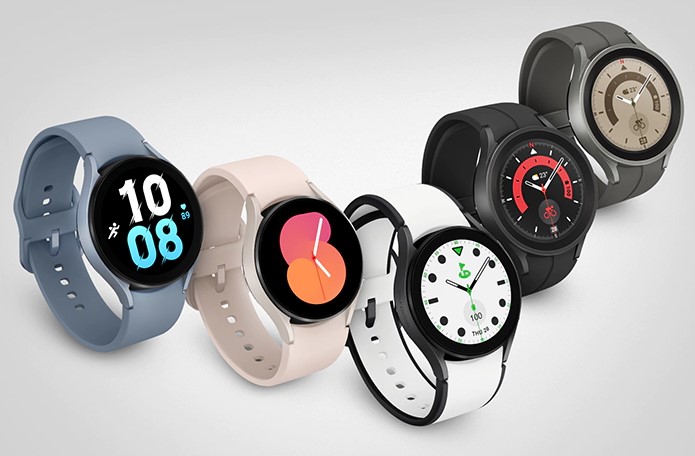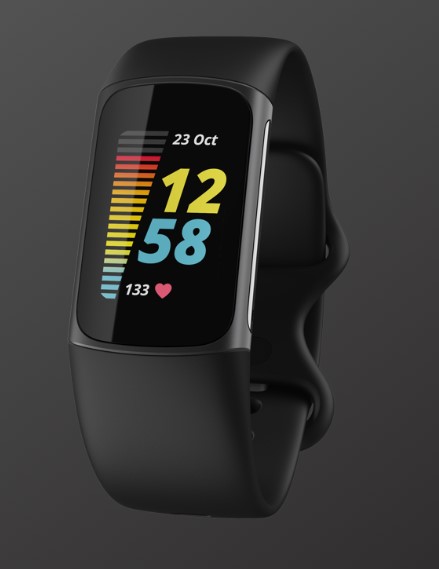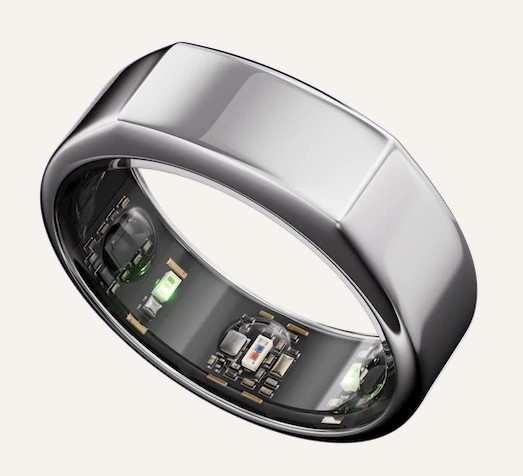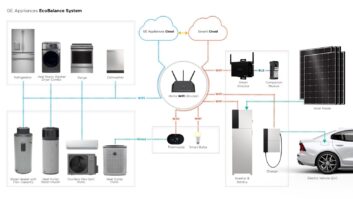 Happy New Year, 2023! In the minds of many Americans, the New Year marks the perfect time to make improvements to any number of aspects of their lives. Numerous studies show that from a third to nearly half of all Americans commit to at least one New Year’s resolution. Making a commitment is a good start and is easy. Following through is quite a different story.
Happy New Year, 2023! In the minds of many Americans, the New Year marks the perfect time to make improvements to any number of aspects of their lives. Numerous studies show that from a third to nearly half of all Americans commit to at least one New Year’s resolution. Making a commitment is a good start and is easy. Following through is quite a different story.
Our inability to stick to resolutions is extraordinarily common and frustrating. So much so that research has shown that approximately eighty percent of Americans who make New Year’s resolutions fail by early February. Worse still is that so many resolutions that Strava, a provider of a leading GPS-based running and cycling app, has named the second Friday of January as Quitter’s Day. Optimistically though, it is considered not only a day to admit failure but also a time to renew efforts and get back on track.
Share Your Resolution
Lots of people are doubtful enough of their ability to stick to a resolution that they don’t tell anyone else about it. This represents one of the main reasons that resolutions fail. Holding ourselves solely responsible for our success can be appealing but enlisting someone else to help keep us accountable improves the chances for success. For the many people who can’t bear to show that vulnerability to others, wearable technology can be a potent ally.
Most New Year’s resolutions are based on improving physical health. Specifically cited are exercising more, losing weight, and eating more healthfully. Significantly also, fifty percent of Generation Z respondents to a poll conducted by Forbes stated that improving mental health is a top priority. Here are some of the best wearables to help keep your health resolutions in 2023 and beyond.

Smartwatches for Fitness Tracking
Interoperability with other devices, primarily smartphones, is at the heart of the wearables evolution and their inclusion in the Internet of Things (IoT). That essentially makes the ubiquitous smartphone and its associated apps de facto wearables though it’s not a strictly accurate characterization.
The most commonly and generally most versatile extension of that concept is the smartwatch. Though there are many contenders, reviewers at our sister site, Tech Radar, have recently rated the Samsung Galaxy Watch 5 best overall stating that “it’s bordering on the ultimate fitness tool.” The device features the most accurate sleep tracking available on a smartwatch, excellent heart rate monitoring, and GPS tracking which is particularly helpful on runs or bike rides.
The Galaxy Watch 5 uses Google’s Wear OS operating system, and incorporating a strong fitness app like Strava or MapMyRun makes it a formidable fitness companion. It also can monitor body composition indicators using bioelectrical impedance analysis. For that, it uses data including weight, body fat, body mass index, BMI, skeletal muscle, body water, and basal metabolic rate.
Apple offers an excellent family of smartwatches including the flagship Apple Watch Ultra. Its many health applications include a heart monitor and blood oxygen content as do all Apple watches that run watchOS 9. The Ultra is the best watch Apple has made to date, but it is expensive. Other smartwatches in the family offer essentially the same functionality.

Fitness Trackers
Fitness Trackers have much in common with smartwatches but, as the name implies, have a narrower scope which puts an emphasis on fitness. They’re particularly well suited to track your steps, heart rate, sleep, stress level, and numerous other indicators of health and progress toward fitness goals.
Our colleagues at Tom’s Guide, as well as other review sites, have given top marks to the Fitbit Charge 5. It offers all of those things that we’ve come to expect in a quality fitness tracker like GPS, step count, and training stats but there is a host of additional indicators of mental as well as physical health indicators and helpful insights.
Useful advice comes from the new “Daily Readiness Score” which uses electrocardiogram (ECG) sensor data as well as sleep stats to help you decide how ready you are for a challenging workout. The measure combines fitness fatigue (activity) levels with your sleeping heart rate variability and your recent sleep. It then issues a score each morning with your recommended exercise level for the day. Importantly, the ECG can even go so far as to detect signs of atrial fibrillation (AFib) to alert you to the likelihood of this troublesome arrhythmia. Further, well-being information is calculated based on oxygen saturation, skin temperature, breathing rate, and resting heart rate.
A few of the more advanced features require a $9.99/month ($79.99 annually) subscription to Fitbit Premium but the tracker does come with a six-month free trial so you’ll have plenty of time to decide if it meets your needs.

Smart Rings
A relatively new alternative to smartwatches and fitness trackers for monitoring well-being and fitness is the smart ring. Though others are catching up, Oura is still the leader in the space. The Oura 3 (third generation) is the best so far. It’s not as oriented to workout monitoring as watches and fitness monitors but rather monitors your rest/activity balance and offers suggestions as to how you can improve it.
The Oura ring is lined with sensors which include an upgraded optical heart rate monitor which collects information 24 hours a day as well as an oxygen saturation sensor both of which are more accurate than more traditional devices because the blood vessels on the finger are closer to the skin surface than at the wrist. As a ring, data is only reported on the excellent smartphone app.
The ring also features seven temperature sensors. This information is combined with other data to calculate activity levels and readiness for a hard workout. The sleep monitor records total sleep time, as well as how much time you spend in the various stages of sleep: napping, light sleep, deep, and REM. Data is presented in a way that gives context to the measurements so that it lets you know what each measurement means and how you might make them better.













